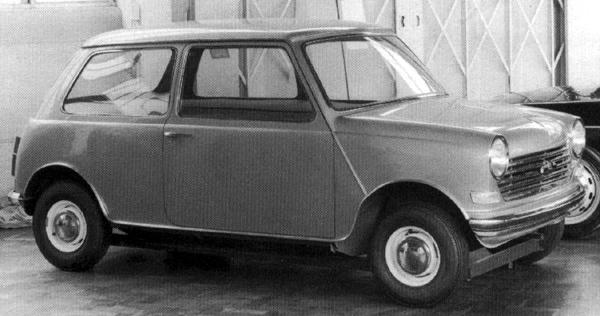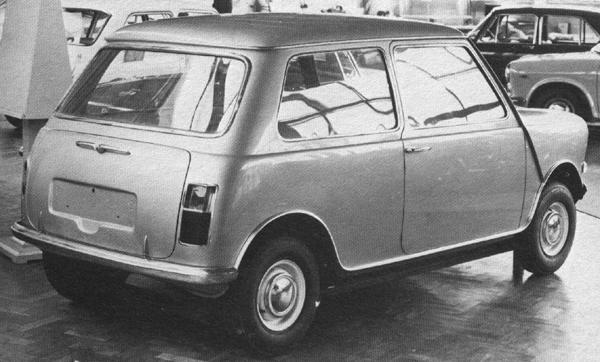From reading sites like Austin Rover Online along with other websites or books featuring stillborn prototypes / engines of potentially "World-Beating" and profitable British-made Cars, one cannot help but wonder how British Carmakers (both management and workers) got it so wrong while sitting on and shelving some very advanced prototypes / engines that could have changed the face of the British Motor Industry to the point where they not only survived but also remained competitive against their rivals.
Anyway for those here who are also Motoring Enthusiasts in light of the stillborn prototypes that various British Carmakers made, what would a successful British Motor Industry look like from Post-WW2 up to today and how would you go about it?
Personally fwiw, I’ve always felt that BMC and Leyland should have remained separate entities that would collaborate now and again piror to going their seperate ways, instead of merging to create the infamous British Leyland.
Anyway for those here who are also Motoring Enthusiasts in light of the stillborn prototypes that various British Carmakers made, what would a successful British Motor Industry look like from Post-WW2 up to today and how would you go about it?
Personally fwiw, I’ve always felt that BMC and Leyland should have remained separate entities that would collaborate now and again piror to going their seperate ways, instead of merging to create the infamous British Leyland.

